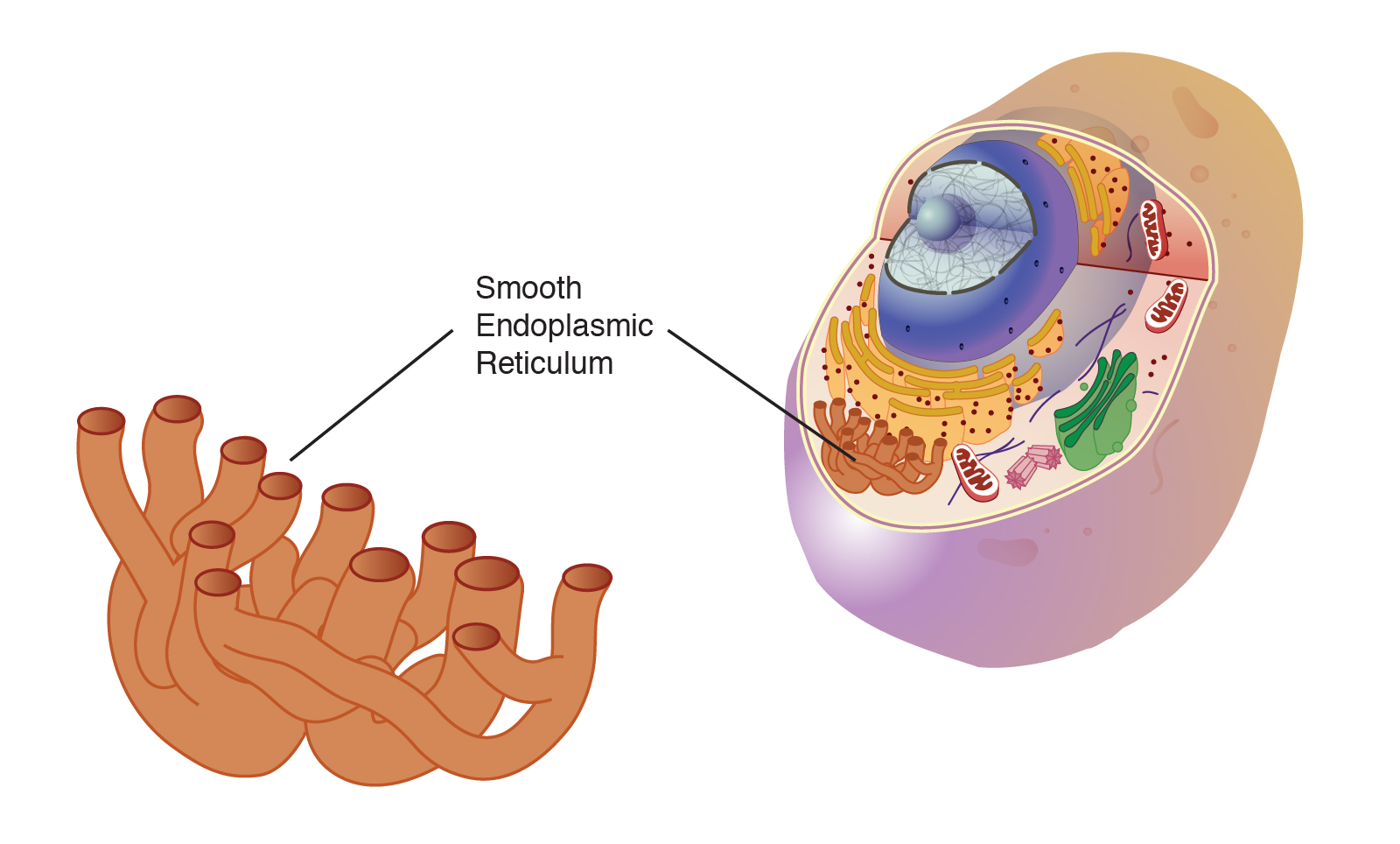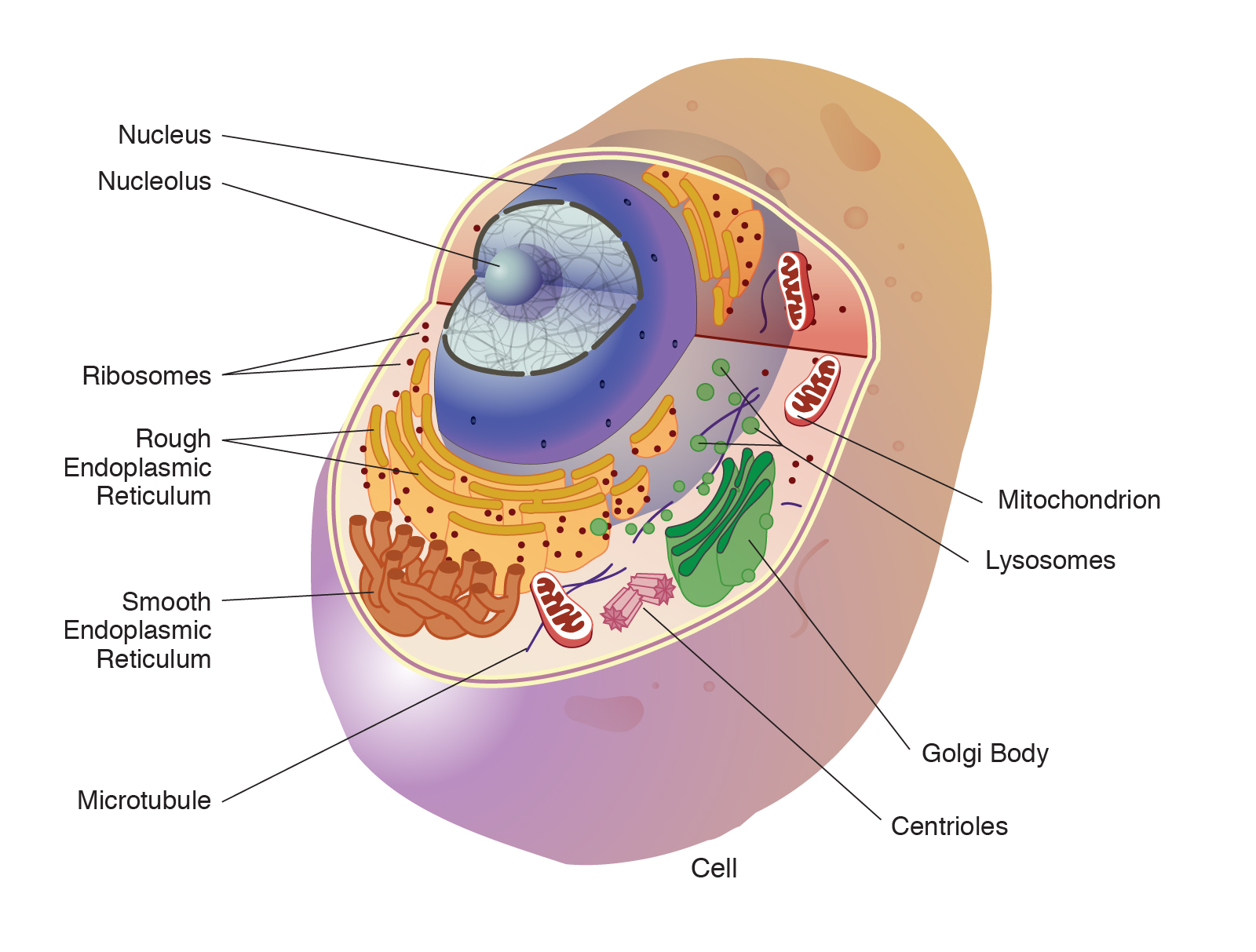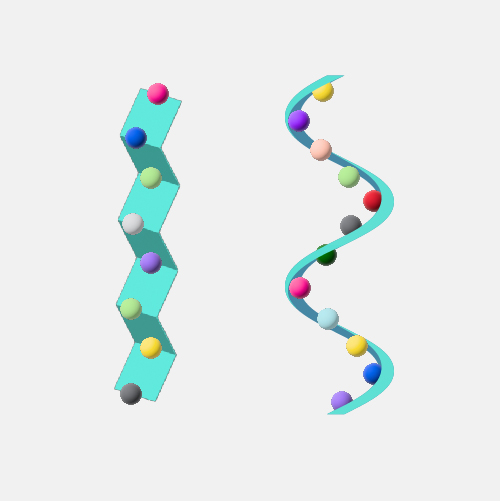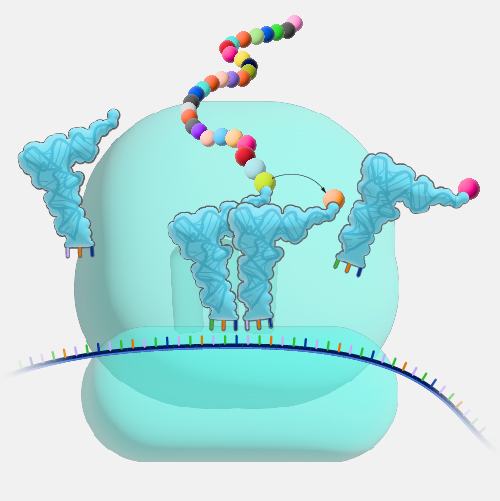Endoplasmic Reticulum (Smooth)
Definition
Endoplasmic reticulum is a network of membranes inside a cell through which proteins and other molecules move. Proteins are assembled at organelles called ribosomes. When proteins are destined to be part of the cell membrane or exported from the cell, the ribosomes assembling them attach to the endoplasmic reticulum, giving it a rough appearance. Smooth endoplasmic reticulum lacks ribosomes and helps synthesize and concentrate various substances needed by the cell.

Narration
The endoplasmic reticulum can either be smooth or rough, and in general its function is to produce proteins for the rest of the cell to function. The rough endoplasmic reticulum has on it ribosomes, which are small, round organelles whose function it is to make those proteins. Sometimes, when those proteins are made improperly, the proteins stay within the endoplasmic reticulum. They're retained and the endoplasmic reticulum becomes engorged because it seems to be constipated, in a way, and the proteins don't get out where they're suppose to go. Then there's the smooth endoplasmic reticulum, which doesn't have those ribosomes on it. And that smooth endoplasmic reticulum produces other substances needed by the cell. So the endoplasmic reticulum is an organelle that's really a workhorse in producing proteins and substances needed by the rest of the cell.




